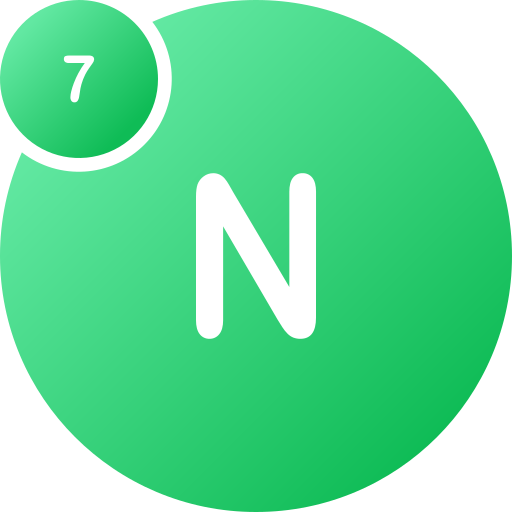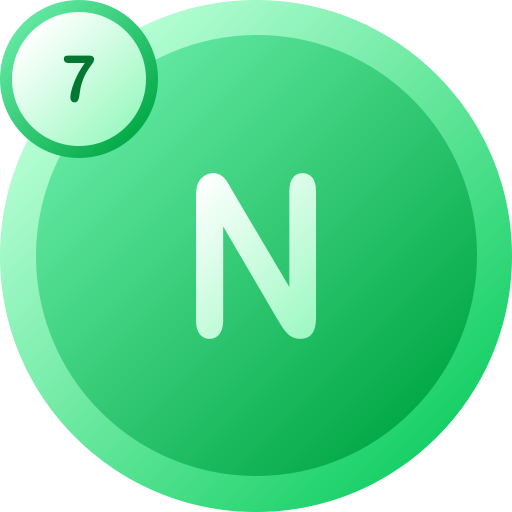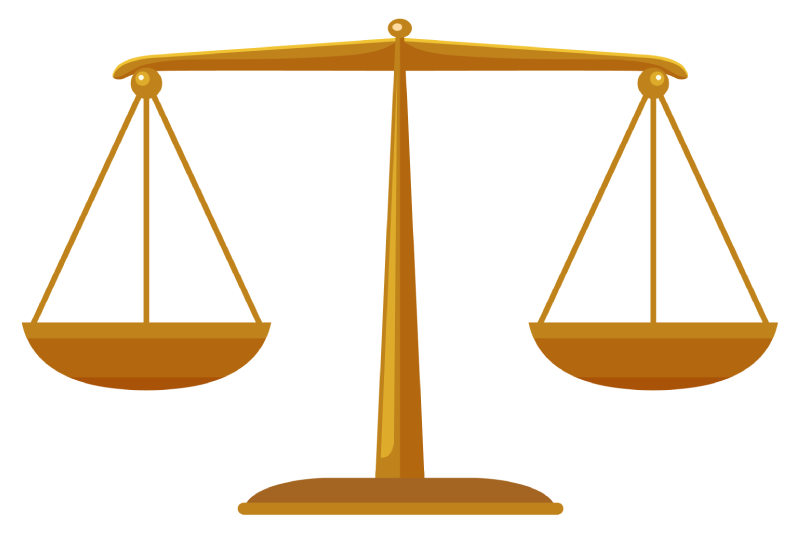In PSA nitrogen generation, purity and flow are inversely related—balancing necessity and cost-effectiveness is key to optimal performance.
PSA nitrogen gas generators offer customizable purity and flow output. Optimizing these two factors ensures efficient, economical nitrogen supply based on specific industrial needs.
To make the most out of a nitrogen generation system, it’s essential to understand how purity and flow interact. This article explores these concepts to help buyers select the right nitrogen generator setup, minimizing waste while maximizing performance and value.
What is Nitrogen Purity?
Understanding the Concept
Nitrogen purity refers to the concentration of nitrogen molecules in the produced gas, excluding other gases such as oxygen, carbon dioxide, and trace elements. In industrial applications, nitrogen purity typically ranges from 95% to 99.9995%, depending on the required application. For example, electronics manufacturing may require high-purity nitrogen above 99.999%, whereas food packaging or tire inflation may function effectively with 95%–99% purity.
The industrial purity of nitrogen is often measured using a nitrogen purity tester or gas analyzer to ensure consistency and reliability. Achieving higher purity generally involves more extensive filtration and longer retention times within the carbon molecular sieve during PSA (Pressure Swing Adsorption) processes. This, in turn, can impact the flow rate and energy consumption of the generator system.
Therefore, before purchasing a nitrogen generator, end-users must define the desired purity level based on their operational needs, since higher purity levels demand more investment in both equipment and operational costs.
The Relationship Between Purity and Flow in Nitrogen Generation
 Purity
Purity
Purity is a central metric in nitrogen gas generation. When using PSA technology, nitrogen is separated from oxygen using carbon molecular sieves. The longer the contact time and the more sophisticated the sieve material, the higher the nitrogen purity achieved. However, boosting the purity to extremely high levels (e.g., 99.9995%) reduces the volume of nitrogen that can be produced per cycle, thus impacting the flow rate negatively.
Moreover, achieving high-purity nitrogen increases energy usage and requires larger or more advanced systems. This is where BODA GAS TECH’s carbon molecular sieve protection measures and optional carbon-based purification modules make a notable difference by extending service life and maintaining consistent purity output with reduced operational decay.
 Flow Rate
Flow Rate
Flow rate, measured in Nm³/h, indicates the volume of nitrogen delivered over time. In PSA systems, maximizing flow often comes at the cost of purity. High flow requires quicker cycles and faster air throughput, reducing the system’s ability to adsorb impurities completely. Consequently, this results in a compromise on the purity of nitrogen.
Users must assess their process requirements: Is continuous supply more critical than ultra-high purity? If so, a mid-range purity level with consistent flow may be more efficient and cost-effective. BODA’s customizable systems, from stand-alone to containerized, offer flexibility in both flow and purity output, ensuring application-specific suitability.

Balancing Flow vs. Purity in Nitrogen Generation
The key to an efficient nitrogen generator is balancing flow and purity according to actual demand. For example, a customer requiring nitrogen for laser cutting needs high pressure and moderate purity (usually around 99.5%), while a semiconductor manufacturer may prioritize ultra-high purity over flow rate.
BODA GAS TECH provides PSA nitrogen generators with adjustable purity and flow configurations. With purity ranges from 95% to 99.9995% and flow rates from 1–3000 Nm³/h, clients can select models that precisely align with their process parameters. The advanced control interface allows easy adjustments and real-time monitoring.
Furthermore, features like energy-saving controls, dew point monitoring, and remote access enhance system responsiveness and operational efficiency. When setting up a nitrogen system, identifying the minimal acceptable purity level can help maximize output flow while keeping operational costs in check.
High Purity vs. Cost
Achieving ultra-high nitrogen purity comes at a higher cost. These systems require more advanced molecular sieves, longer adsorption cycles, and often supplemental purification technologies such as hydrogenation or carbon-loaded nitrogen purifier. Energy consumption also rises due to the increased pressure retention times and additional filtration processes.
While the pure nitrogen gas offers significant benefits in industries like electronics and pharmaceuticals, many applications can tolerate lower purity without compromising performance. This is why BODA GAS TECH emphasizes tailored design: rather than opting for the highest available purity, clients are guided to select a level that ensures both functionality and cost-efficiency.
For instance, selecting a nitrogen generator configured at 99.9% instead of 99.999% purity can cut costs by 20–30%, while still meeting production standards. Tools like nitrogen purity testers help monitor and verify real-time output, ensuring users maintain acceptable thresholds without overengineering their systems.
Why the Trade-Off?
The inverse relationship between purity and flow exists due to the adsorption process in PSA technology. As purity increases, the time and surface area required for nitrogen and oxygen separation increase, which restricts how quickly nitrogen can be produced, reducing flow. This fundamental limitation of physics means users must decide which variable to prioritize.
Understanding this trade-off helps prevent overdesigning or underperforming systems. Many users mistakenly assume that higher purity is always better, but this is not universally true. For applications such as food packaging, beverage bottling, or metallurgy, the required industrial purity of nitrogen is often much lower than assumed.
BODA GAS TECH supports clients in analyzing specific process needs, offering pre-sale technical consultations, and selection support. By matching system design to true demand, users avoid unnecessary costs while securing stable and efficient nitrogen delivery.
Optimizing for Your Needs
Customization is at the heart of efficient nitrogen generation. BODA GAS TECH’s engineers analyze key variables—such as desired nitrogen purity, flow rate, outlet pressure, dew point, and application environment—to tailor a solution that fits operational objectives and budget constraints.
Using advanced PSA technology, robust molecular sieves, and modular design, BODA’s systems ensure long-term reliability. Optional features like ambient oxygen detection, MODBUS/Ethernet communication, and energy-saving logic further enhance system adaptability and reduce ownership costs.
Whether the customer is sourcing for the mining sector or semiconductor production, the system must match both process needs and local market demands. From skid-mounted plug-and-play units to containerized installations with integrated climate control, BODA delivers personalized solutions with professional after-sales support.




